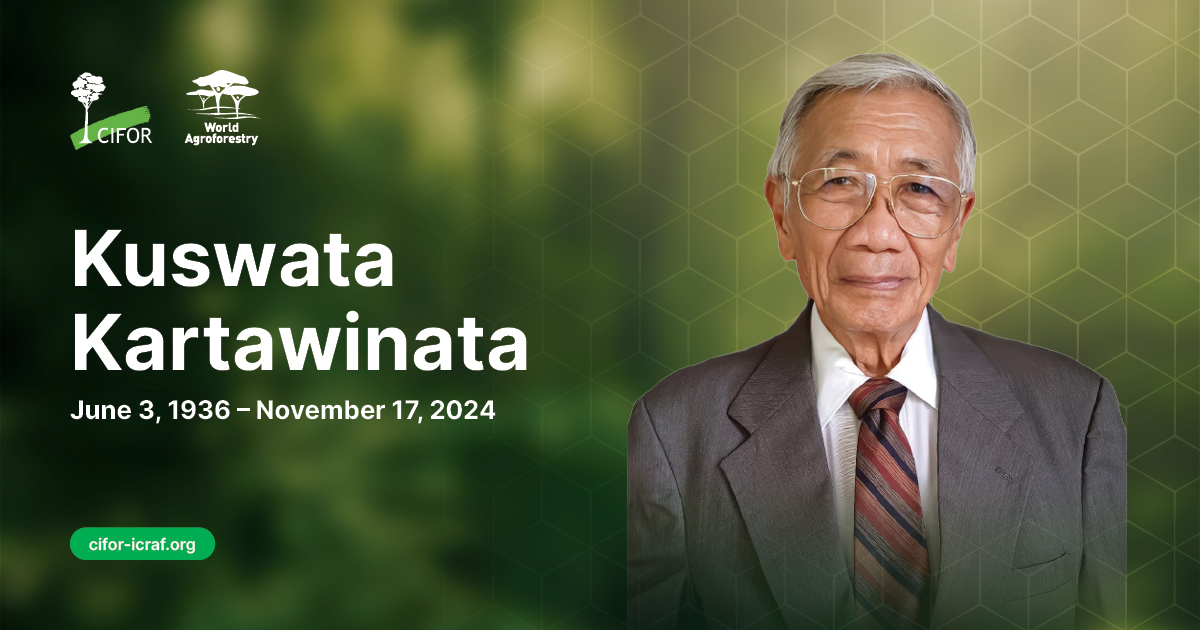Amazonian forests function as biomass and biodiversity reservoirs, contributing to climate change mitigation. While they continuously experience disturbance, the effect that disturbances have on biomass and biodiversity over time has not yet been assessed at a large scale. Here, we evaluate the degree of recent forest disturbance in Peruvian Amazonia and the effects that disturbance, environmental conditions and human use have on biomass and biodiversity in disturbed forests. We integrate tree-level data on aboveground biomass (AGB) and species richness from 1840 forest plots from Peru's National Forest Inventory with remotely sensed monitoring of forest change dynamics, based on disturbances detected from Landsat-derived Normalized Difference Moisture Index time series. Our results show a clear negative effect of disturbance intensity tree species richness. This effect was also observed on AGB and species richness recovery values towards undisturbed levels, as well as on the recovery of species composition towards undisturbed levels. Time since disturbance had a larger effect on AGB than on species richness. While time since disturbance has a positive effect on AGB, unexpectedly we found a small negative effect of time since disturbance on species richness. We estimate that roughly 15% of Peruvian Amazonian forests have experienced disturbance at least once since 1984, and that, following disturbance, have been increasing in AGB at a rate of 4.7 Mg ha−1 year−1 during the first 20 years. Furthermore, the positive effect of surrounding forest cover was evident for both AGB and its recovery towards undisturbed levels, as well as for species richness. There was a negative effect of forest accessibility on the recovery of species composition towards undisturbed levels. Moving forward, we recommend that forest-based climate change mitigation endeavours consider forest disturbance through the integration of forest inventory data with remote sensing methods.
Download:
DOI:
https://doi.org/10.1111/gcb.16695
Altmetric score:
Dimensions Citation Count:

























